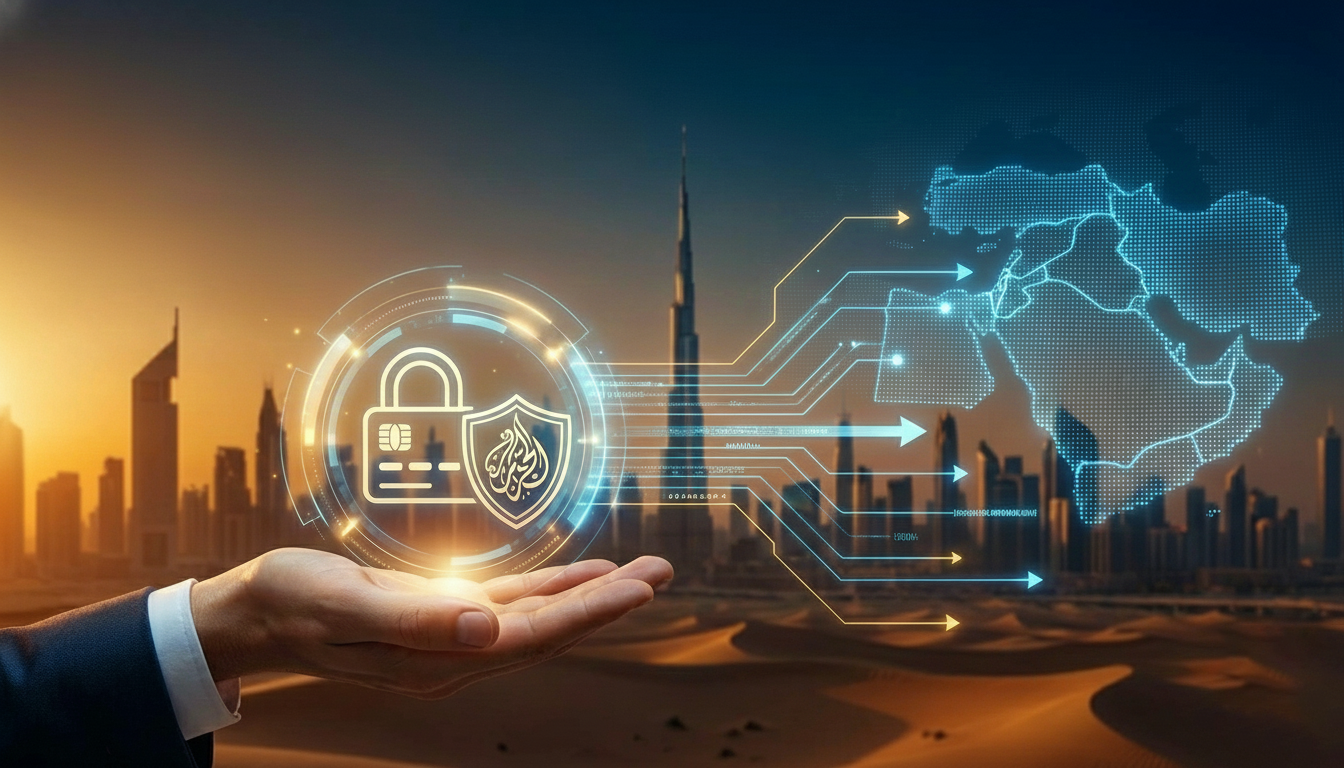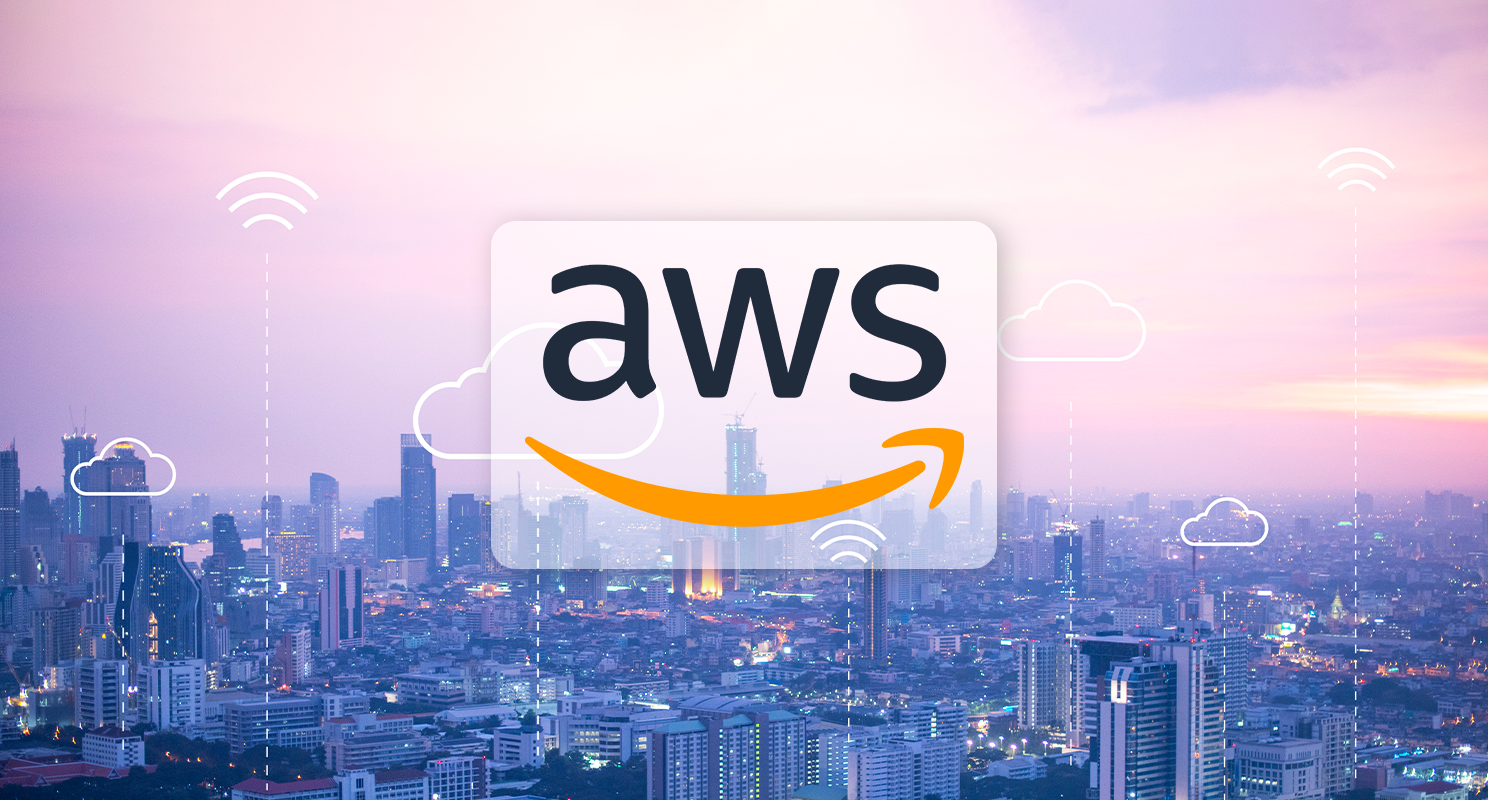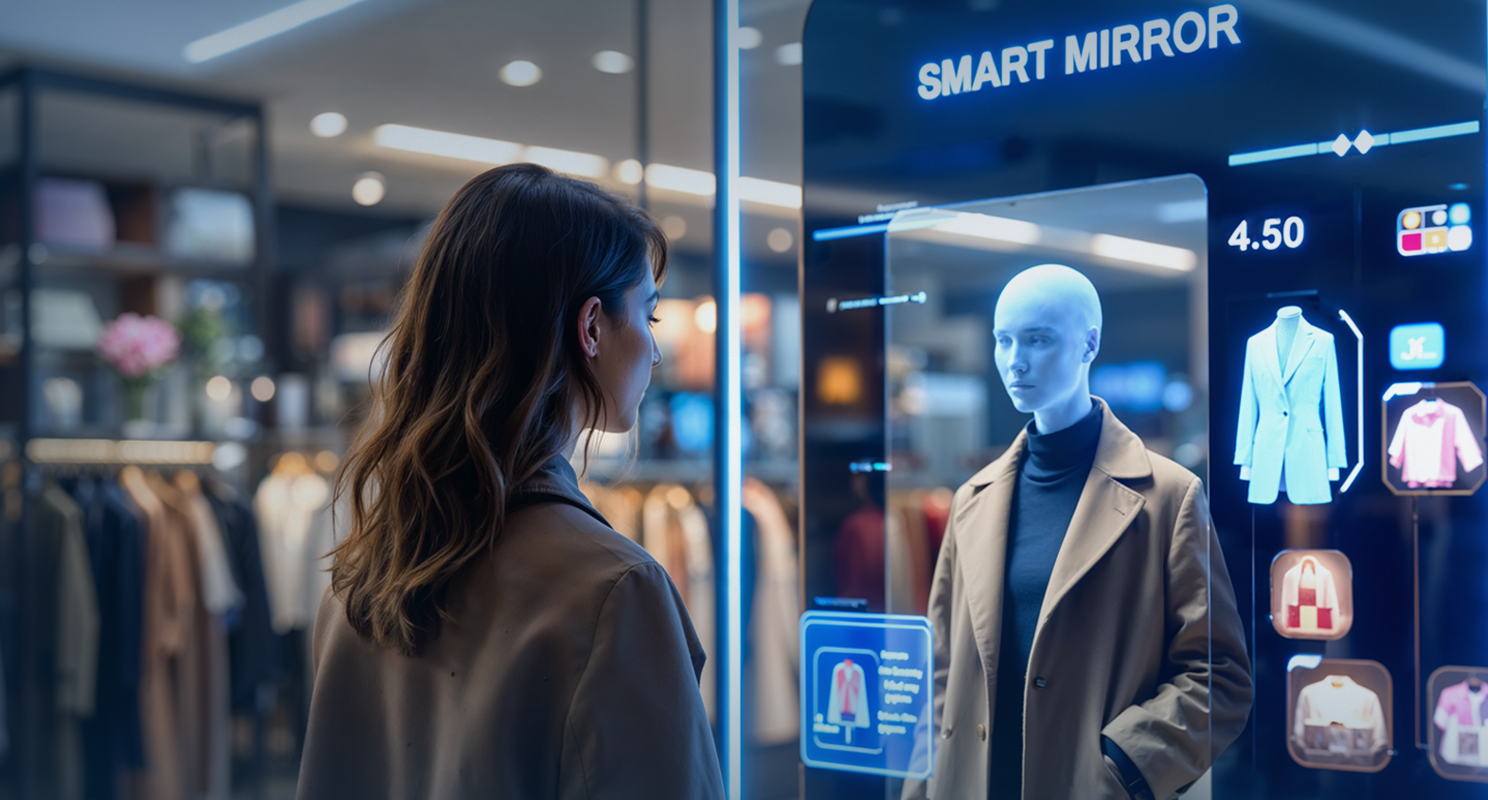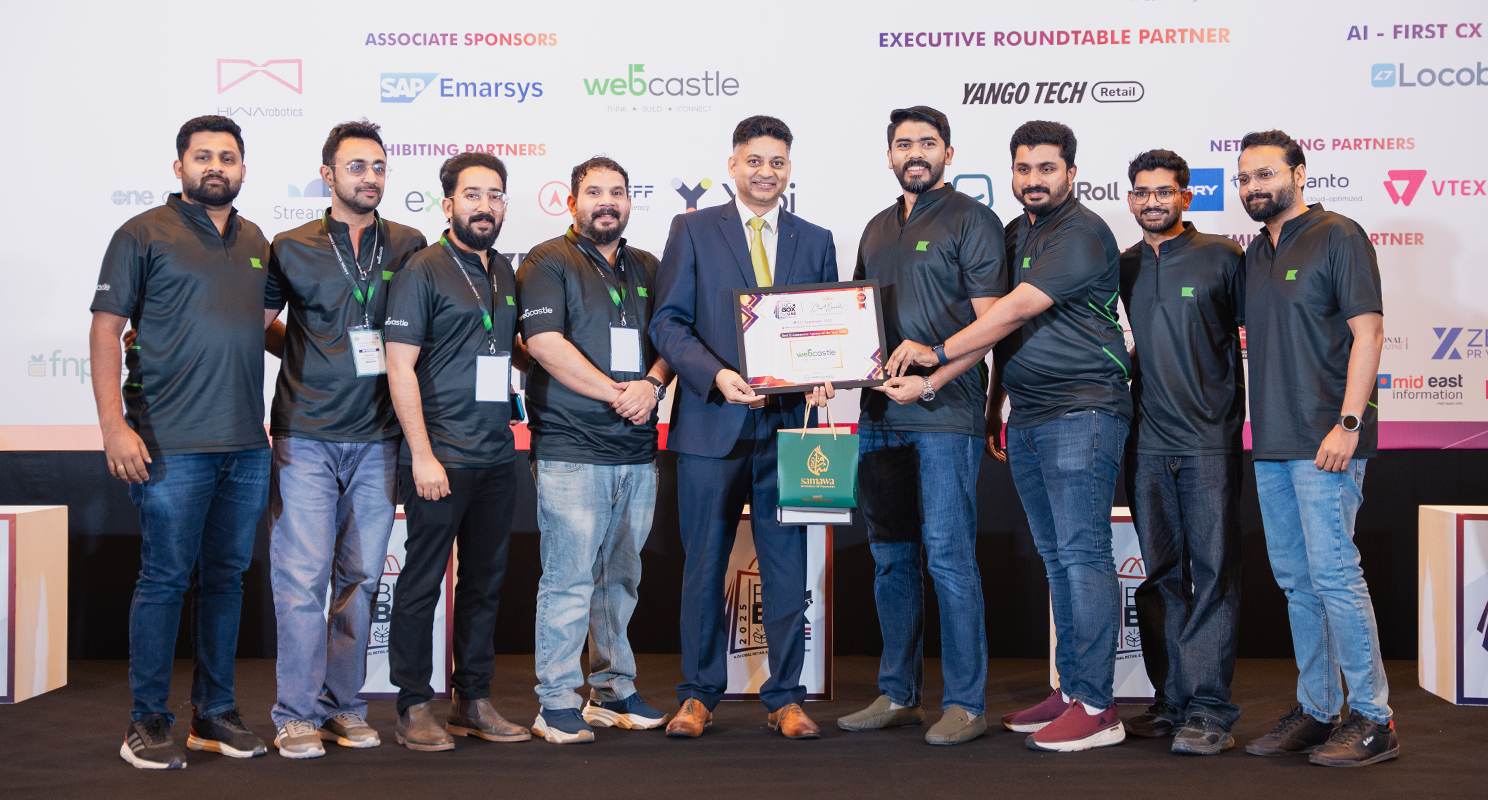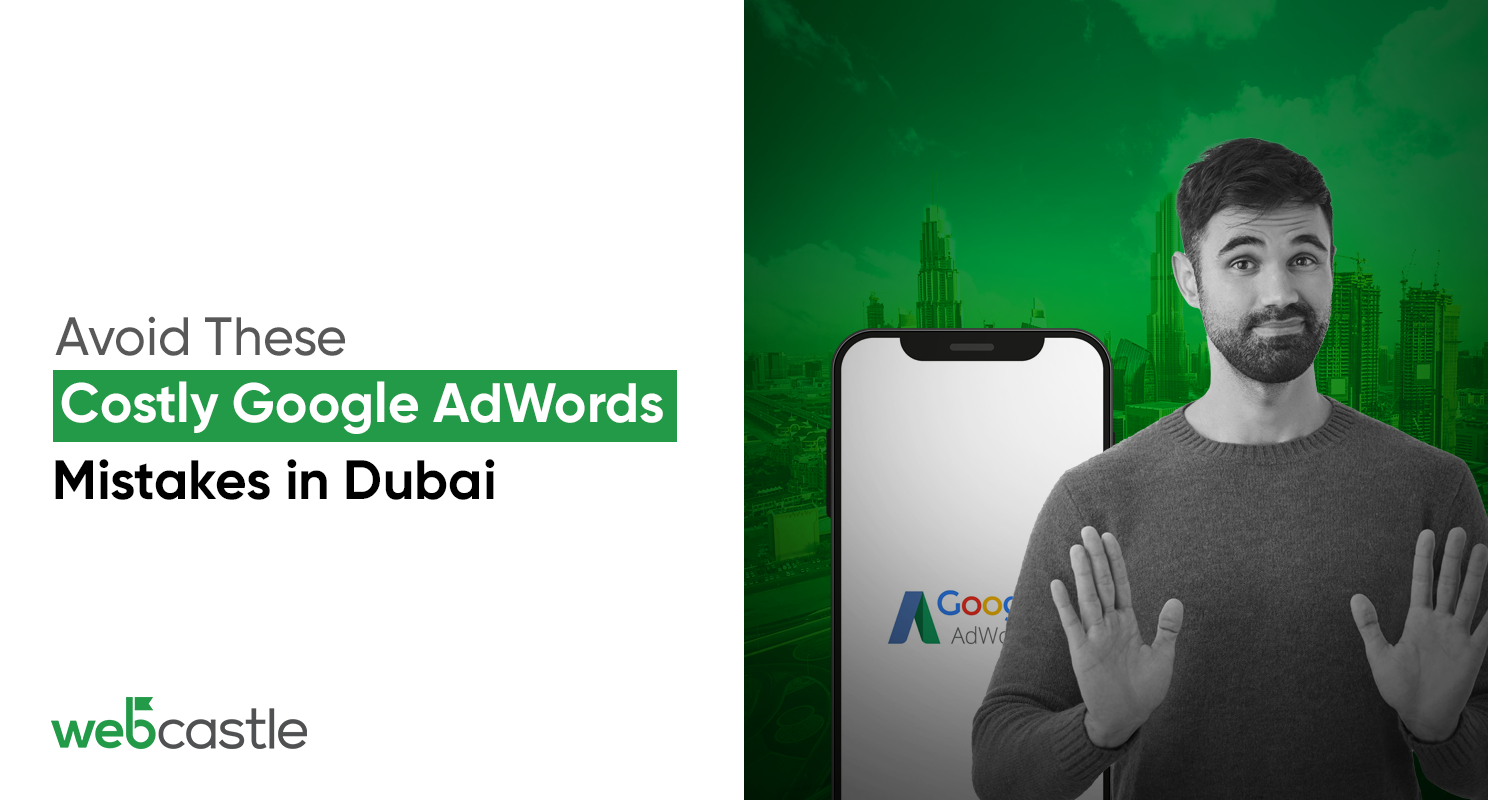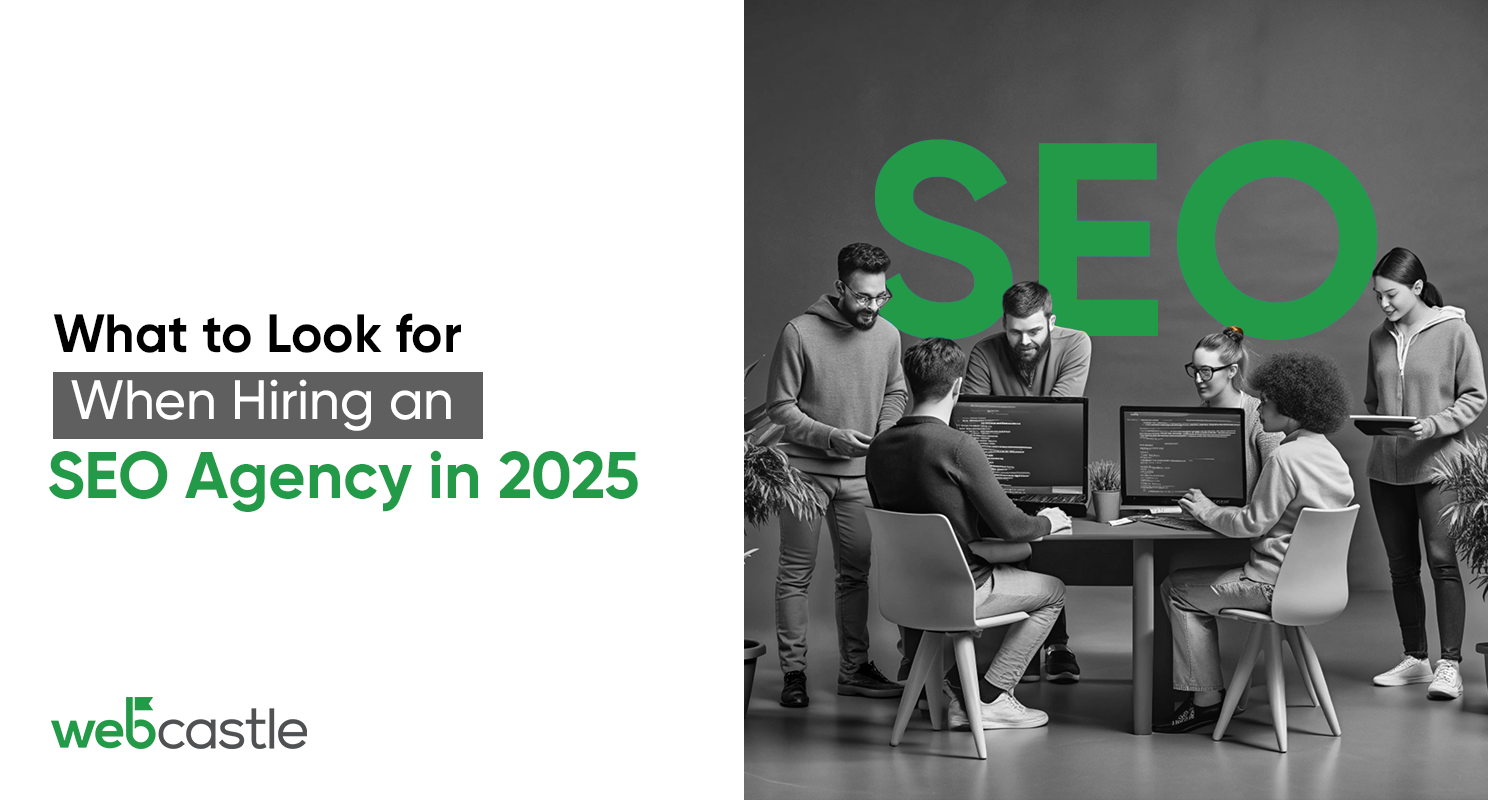The Missed Opportunity Hiding in Plain Sight
So let’s say a user comes to your website in the UAE. The website is fancy and the images are amazing, but there is one essential thing: the support of other languages. The default language is English, but if the visitor is an Arabic speaker, and in just a few seconds, he or she will hit the back button.
There is no way that this is just a theoretical situation; it is an actual problem that businesses face daily. It becomes even more real when you see companies in the UAE completely ignoring the fact that the area is bilingual. The digital users in the UAE are special—they are diverse, multicultural and very selective. If you are still unaware, then you should know that both English and Arabic languages are the most popular ones, and if your website is not present with the content in both languages, you can rather stay without half of the potential market.
Consider a loss in sales leads, one of the most significant aspects of the business downturn from the absence of conversion.
The Problem: One Language Doesn’t Fit All
When a website is created in a ‘single-language’ format, it cuts off millions of potential users from Arabic countries where Arabic is the official language and English is the most widely spoken language. There is a clear lack of attention to the linguistic layer in the web design and development Dubai.
The previously stated lack of attention results in the following:
Reduced engagement: Arabic speakers leaving English-only websites.
Reduced trust: Visitors have an impression that a certain site has not treated them personally.
Lost conversions: Lack of access diverts users to other websites, mostly competitors who have bilingual services.
And the more important point is, many brands think that simply translating a website and putting it out there will do the trick. In reality phrase by phrase-by-phrase translation does not provide context, nor does it capture metaphors, culture, and even layout designs appealing to the Middle Eastern world.
Cultural Relevance Isn’t Optional—It’s Strategic
Creating a bilingual website is not just about translation. It’s about localisation.
Arabic is a right-to-left (RTL) language. This affects not only text but also entire design layouts, navigation flows, typography, and user interface patterns. A site that feels intuitive in English may feel broken or confusing in Arabic if the RTL conversion is not properly executed.
Moreover, Arabic content must respect cultural nuances—imagery, colour choices, tone of voice, and even the placement of call-to-action buttons. All these elements influence user trust and interaction.
For example, an Arabic-speaking user browsing an eCommerce site expects:
Proper alignment of content for RTL readability.
Language-specific filters and checkout options.
Product descriptions that reflect local expressions and preferences.
When done right, bilingual websites create familiarity and reduce friction, leading to higher engagement and more confident conversions.
The UAE Market Demands Digital Inclusivity
The UAE is a blended culture of heritage, but also a world digital centre. The government has also prioritised integrating the Arabic language into digital interactions. A lot of people expect official websites, retail stores, and service portals to provide Arabic and English translation options.
Wider reach on the Internet: Ranking for Arabic keywords enhances online visibility.
Improved brand awareness: Displaying cultural understanding improves brand trust.
Enhanced confidence: Native language increases content trust.
For both local and international businesses entering the UAE, you are seen as demonstrating reliability. A bilingual website demonstrates determination that goes beyond just selling products; it shows a willingness to foster relationships. Not here to just sell—you’re here to connect.
WebCastle’s Approach to Bilingual Website Development
The best web development company, WebCastle, has taken its services to the next level. We’re not just talking about the website, but something more than that. Our staff has deep knowledge about the technical and cultural aspects of the creation of Arabic-English bilingual platforms.
Strategic planning: We build the user paths in a language-specific way from scratch.
Cultural localisation: Our content experts create messages that not only use the right language but also fit the cultural context.
Seamless toggling: We develop natural language-switching features that allow content to remain the same in terms of the layout.
RTL optimisation: For every single device, starting from the mobile view and going through the UX, we are sure that Arabic will be displayed correctly.
Continuous testing: We are not ready to launch if each button, form, or content part does not work perfectly in both languages.
Translation is not the only one to be considered here. True transformation is when we ensure that your brand is clear and speaks with confidence in either language.
Final Thoughts: Speak to All, Not Just Some
In a market as competitive and deeply cultural as the UAE, the eCommerce development company in Dubai should set the impression in two languages. Not providing content in both Arabic and English can lead to the consequence of alienating and excluding users.
Language barrier must not hinder the business from growing.
Would you like to design and develop a website in two languages that is uniquely positioned in the market in the UAE?
Reach out to WebCastle today. With us, let’s construct a strong digital presence that every internet user would like to interact with.








